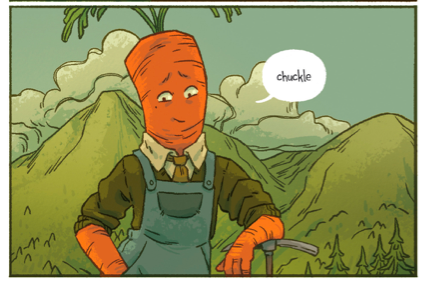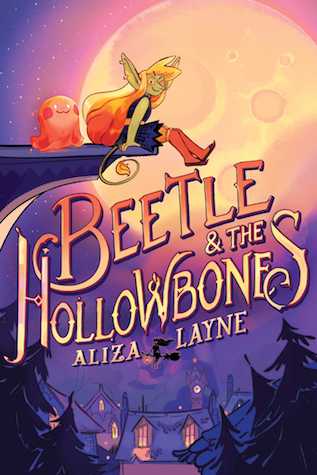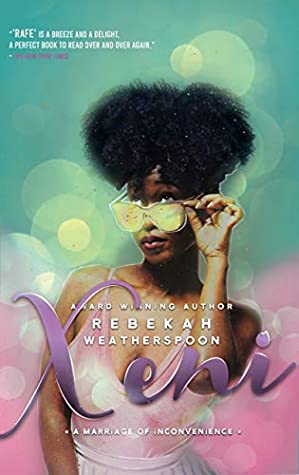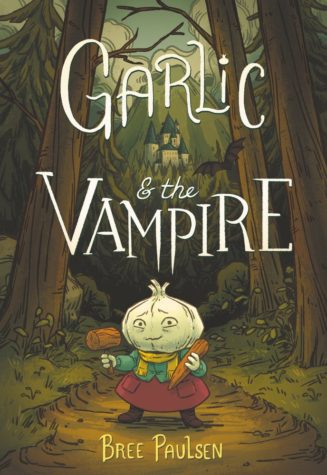
Summary [courtesy of Goodreads]: Garlic feels as though she’s always doing the wrong thing. No matter how much her friend Carrot and kindly Witch Agnes encourage her, Garlic just wants to tend her own garden, where it’s nice and safe. But when her village of vegetable folk learns that a bloodthirsty vampire has moved into the nearby castle, they all agree that, in spite of her fear and self-doubt, Garlic is the obvious choice to confront him. And with everyone counting on her, Garlic reluctantly agrees to face the mysterious vampire, hoping she has what it takes. After all, garlic drives away vampires . . . right?
[Note: This review is based on an eARC from NetGalley and Quill Tree Books [HarperCollins Children’s].]
This newly released graphic novel is an absolute delight! It’s so sweet and cozy, featuring a cast of sentient vegetables, their witch creator, and a not-so-scary vampire who (spoiler alert) isn’t so bloodthirsty after all. The focus on gardening makes it a perfect early autumn treat, and Bree Paulsen’s art style perfectly captures a cottagecore-turned-slightly-gothic aesthetic that ensures the world never gets too twee or too dark.
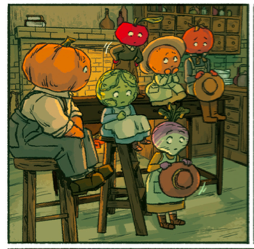
The lessons in the book are pretty fabulous too. Never didactic, Paulsen instead focuses on nuanced ways of discussing potentially traumatizing subjects. The main theme revolves around main character Garlic’s anxiety and how she deals with it and (partly) overcomes it to face the interloping vampire. (In fact, the book is dedicated to “all the anxious bulbs.”) But the lesson is not that Garlic needed to bootstrap her little self into bravery; instead, it’s that opening up to people–be they human, vegetable, or monster–can yield surprisingly pleasant results.
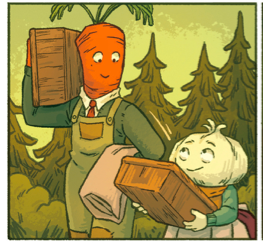
At the same time, mild antagonist Celery is there for a very different lesson, one not as commonly taught to kids: trusting an asshole to finally ‘do the right thing’ is a losing gamble. Celery bullies Garlic throughout the story, volunteering her for vampire-investigation duty because vampires are supposed to be phobic of garlic. When Witch Agnes insists he accompany Garlic on her crow-riding quest to the vampire’s castle, he begrudgingly accepts, only to abandon the sweet little allium at the castle’s doors and sulkily return home alone. Since this is a cozy story, nothing bad comes of it other than a solid chewing-out, but it’s a useful lesson, imo, for kids AND adults.
And finally, as a small point worth noting, while most of the characters in this book use binary he or she pronouns and clearly identify as male or female (even if they’re veggies), Garlic’s bff Carrot, who’s particularly kind and calm, uses they/them pronouns. It’s a tiny thing that’s never commented on, but it’s universally respected by everyone (even jackass Celery and the vampire at the end). This is the kind of casual nonbinary/queer-inclusive worldbuilding that is so vital to building a better REAL world, so it was awesome to see here, even in this small way.
